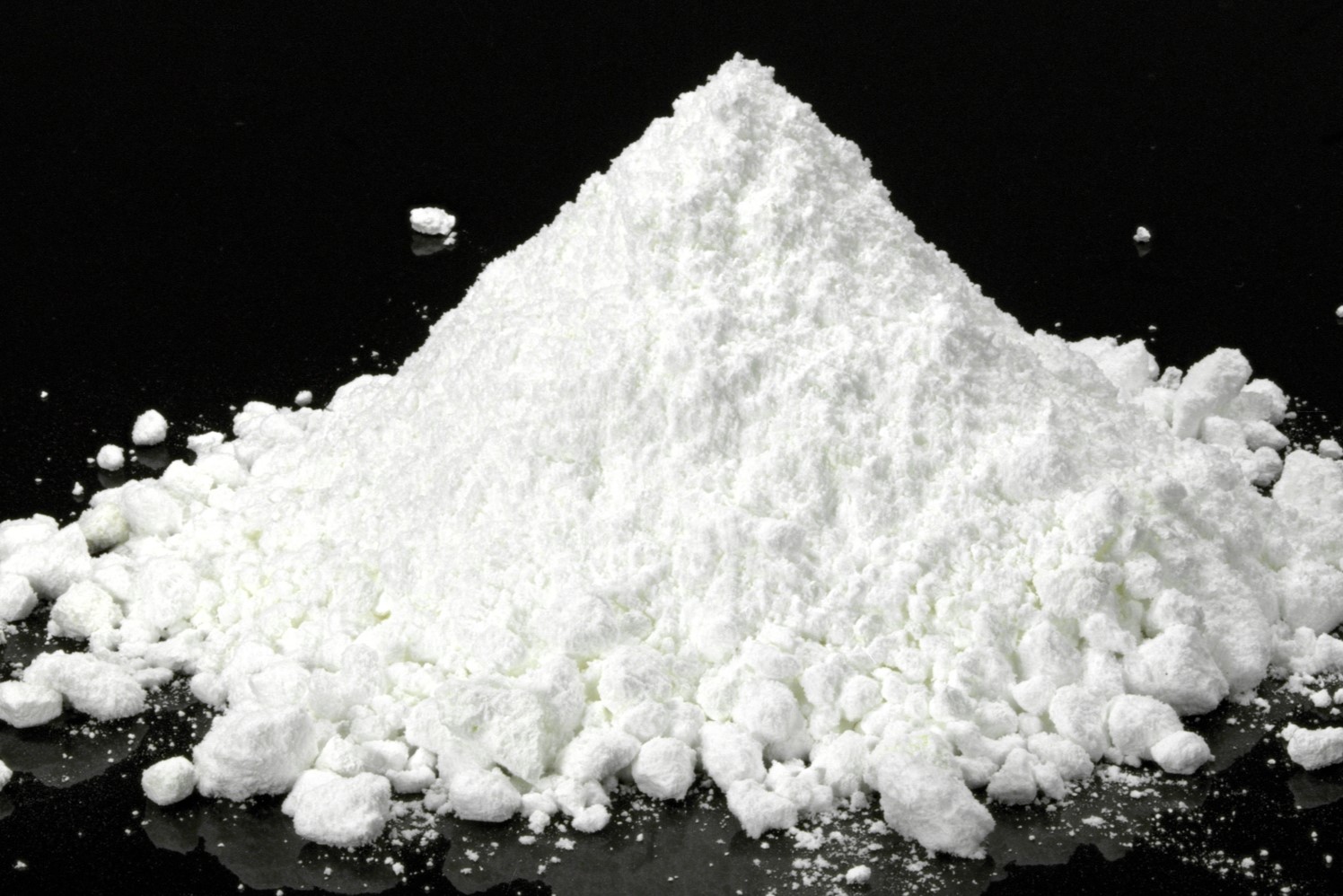
Lead(II) phosphate might sound like a mouthful, but it's a compound with some pretty interesting properties. What is Lead(II) phosphate? Lead(II) phosphate is a chemical compound with the formula Pb3(PO4)2. It’s a white, crystalline solid that doesn’t dissolve in water. This compound finds its way into various applications, from pigments to stabilizers in plastics. However, it’s crucial to handle it with care due to its toxicity. Exposure can lead to serious health issues, making safety measures essential when working with it. In this post, we’ll explore 25 intriguing facts about Lead(II) phosphate, shedding light on its uses, properties, and safety concerns. Buckle up for a fascinating journey into the world of chemistry!
Key Takeaways:
- Lead(II) phosphate is a white, crystalline compound used in glass, ceramics, and paints. It's dense, stable, and toxic if mishandled, requiring caution in use and disposal.
- Lead(II) phosphate has diverse applications but poses health and environmental risks. Protective measures and research for safer alternatives are crucial for its responsible use.
What is Lead(II) Phosphate?
Lead(II) phosphate is a chemical compound with the formula Pb3(PO4)2. It is a white, crystalline solid that is insoluble in water. This compound has various applications and interesting properties.
- Lead(II) phosphate is often used in the production of certain types of glass and ceramics.
- It is also utilized in the manufacturing of some pigments and paints.
- The compound is known for its high density, which is about 6.9 grams per cubic centimeter.
- Lead(II) phosphate has a melting point of approximately 1014°C (1857°F).
- It is not soluble in water but can dissolve in nitric acid and other strong acids.
Chemical Properties of Lead(II) Phosphate
Understanding the chemical properties of lead(II) phosphate helps in grasping its behavior in different environments.
- Lead(II) phosphate is composed of lead cations (Pb2+) and phosphate anions (PO4^3-).
- The compound forms a crystalline structure, which contributes to its stability.
- It is considered a salt of lead and phosphoric acid.
- Lead(II) phosphate can react with strong acids to form lead(II) chloride and phosphoric acid.
- It is relatively stable under normal conditions but can decompose at high temperatures.
Uses of Lead(II) Phosphate
Lead(II) phosphate finds applications in various industries due to its unique properties.
- It is used in the production of special types of glass that have high refractive indices.
- The compound is also employed in the ceramics industry to create glazes and enamels.
- Lead(II) phosphate is a component in some corrosion-resistant coatings.
- It is used as a pigment in certain paints, providing durability and color stability.
- The compound is sometimes used in the production of lead-based batteries.
Health and Safety Concerns
Handling lead(II) phosphate requires caution due to its potential health risks.
- Lead(II) phosphate is toxic if ingested or inhaled.
- Prolonged exposure to lead compounds can cause lead poisoning, affecting the nervous system and other organs.
- It is important to use protective equipment when working with lead(II) phosphate to avoid direct contact.
- The compound should be stored in a secure, well-ventilated area to prevent accidental exposure.
- Disposal of lead(II) phosphate must follow strict environmental regulations to prevent contamination.
Environmental Impact of Lead(II) Phosphate
The environmental impact of lead(II) phosphate is a significant concern due to its toxicity.
- Lead(II) phosphate can contaminate soil and water if not disposed of properly.
- It is harmful to aquatic life, causing damage to ecosystems.
- The compound can accumulate in the food chain, posing risks to wildlife and humans.
- Efforts are being made to reduce the use of lead compounds in industrial applications to minimize environmental impact.
- Research is ongoing to find safer alternatives to lead(II) phosphate in various industries.
Final Thoughts on Lead(II) Phosphate
Lead(II) phosphate, a compound with the formula Pb3(PO4)2, holds significant importance in various fields. Known for its low solubility in water, it plays a crucial role in environmental science, particularly in soil chemistry and pollution control. This compound's unique properties make it valuable in industrial applications, including the manufacturing of ceramics and glass. However, it's essential to handle lead(II) phosphate with care due to its toxicity, which poses health risks if not managed properly. Understanding its characteristics and applications can help in utilizing this compound effectively while minimizing potential hazards. Whether you're a student, researcher, or industry professional, knowledge about lead(II) phosphate can provide valuable insights into its practical uses and safety measures. Stay informed and handle with caution to make the most of this versatile compound.
Frequently Asked Questions
Was this page helpful?
Our commitment to delivering trustworthy and engaging content is at the heart of what we do. Each fact on our site is contributed by real users like you, bringing a wealth of diverse insights and information. To ensure the highest standards of accuracy and reliability, our dedicated editors meticulously review each submission. This process guarantees that the facts we share are not only fascinating but also credible. Trust in our commitment to quality and authenticity as you explore and learn with us.
